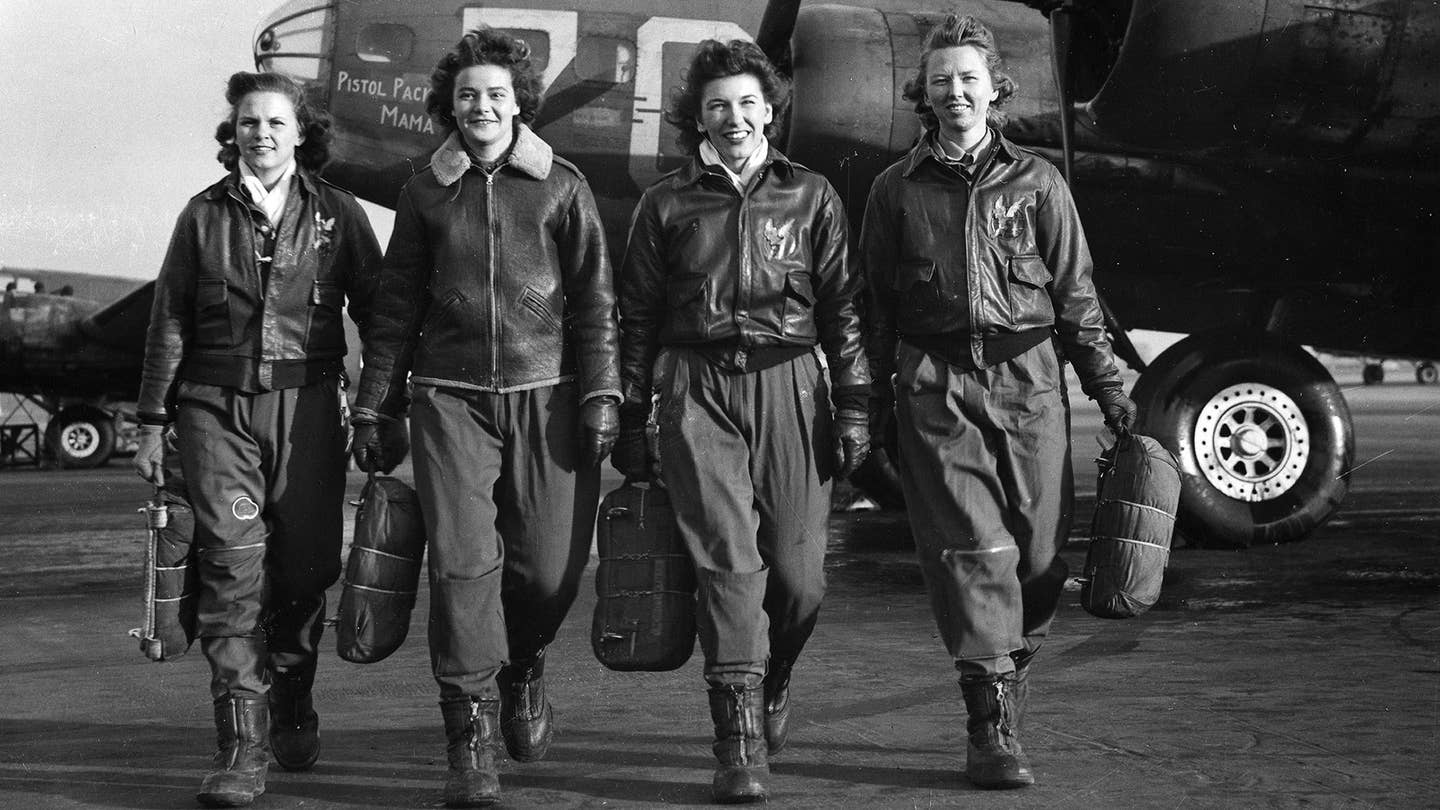WWII’s Female Pilots Aren’t Allowed Burial at Arlington
And, with fewer than 100 WWII female pilots remaining, some want to change that.

December 7, 1941. Flight instructor Cornelia Fort is showing a new pilot the ropes at dawn, high above the Hawaiian Islands, when a military aircraft heads straight for her tiny Interstate Cadet monoplane. She grabs the yoke, pulls up and away to dodge the fighter. Below, smoke can be seen rising from Pearl Harbor, the results of the surprise Japanese air attack. She survives being strafed by the Mitsubishi Zero, joins the Women’s Auxiliary Ferrying Squadron getting aircraft to bases across the U.S., then dies on duty in a midair collision over Texas. Fort’s family had to pay to freight her charred remains home—and her country didn’t even provide a flag to drape her coffin. Female WWII pilots like Fort are still fighting for their right to be buried in Arlington National Cemetery.
“You can see where Arlington is coming from,” says Burl Burlingame, historian and chief curator of the Pacific Aviation Museum on Ford Island in Hawaii, which currently features an exhibit on WWII’s female pilots. An Army cemetery, Arlington is reserved for active duty personnel, and neither the WAFS (Women’s Auxiliary Ferrying Squadron) nor the superseding WASPs (Women Airforce Service Pilots) were originally given full veteran status. Like many other military burial grounds, Arlington is overwhelmed and a statement on its website indicates that this national cemetery is expected to be full in the next 20 years.
While women like Cornelia Fort were treated as not much more than a civilian auxiliary by the military brass, there’s little doubt that they served with distinction. Roughly 1,000 female pilots were trained fully to Army standard, and flew everything from P-51 Mustangs to B-17 Liberators. They logged more than 60 million miles of flying in total, freeing up male pilots for combat duty—while also participating in training exercises that included flight instruction and towing targets.
These women pilots also risked their lives. Thirty-eight died, both in training and on active duty. In the Seventies, an amendment to the GI Bill signed by President Carter gave the WAFS and WASPs Active Duty status for Veterans Affairs benefits, including the right to be buried at cemeteries run by Veterans Affairs. However, Arlington is not a VA cemetery, and last year reversed its decision to allow WASPs to be interred there.
“It’s a national cemetery that exists to commemorate our honored dead,” Burlingame says. “These women performed a military service—what more do you want?”
With fewer than 100 or so WASPs remaining, the Army’s dissembling over their active duty status seems like a bureaucratic quibbling. Women like Cornelia Fort saw their country attacked and stepped forward to do all they could in a time of need. They should be accorded all the respect that entails.
